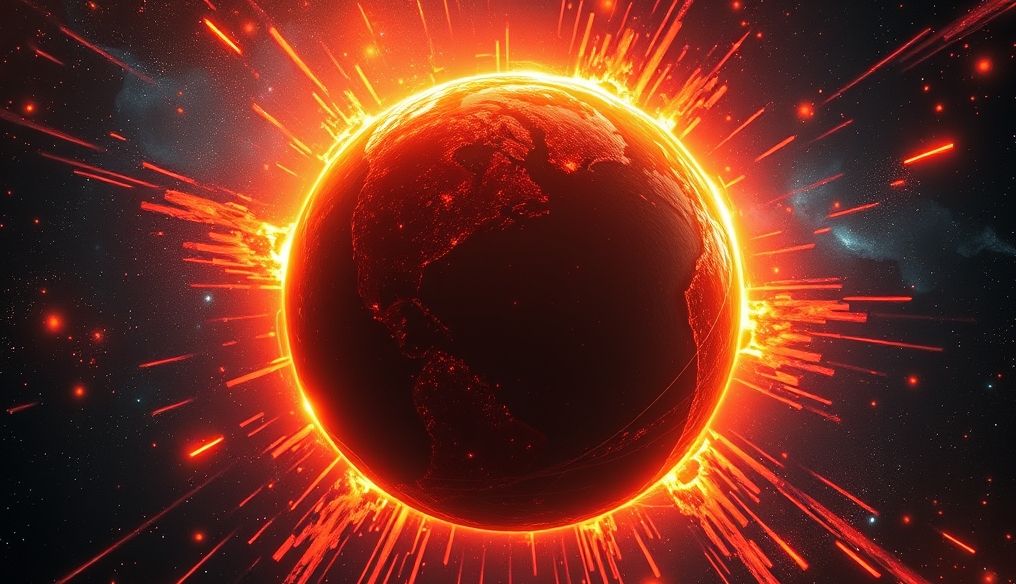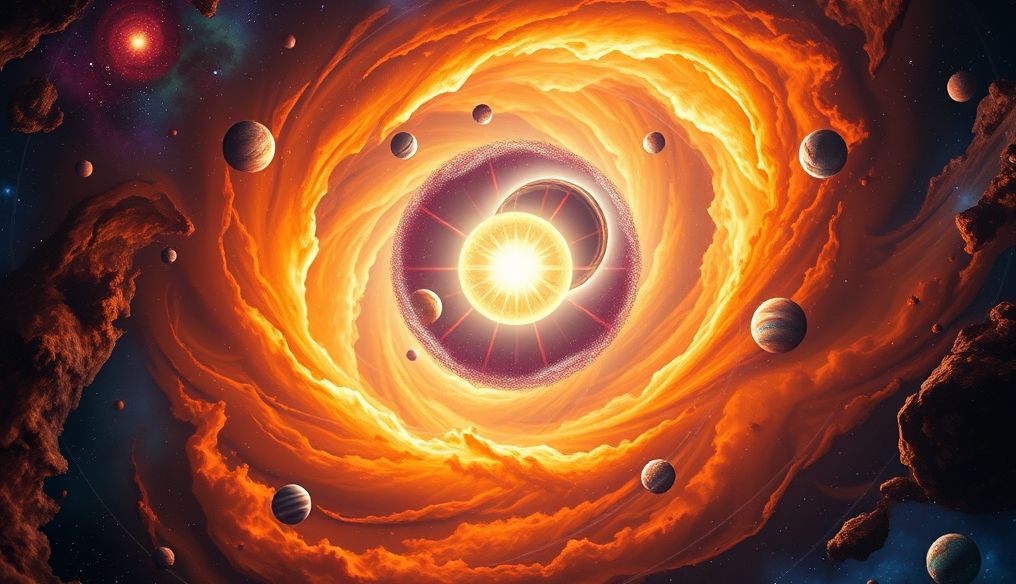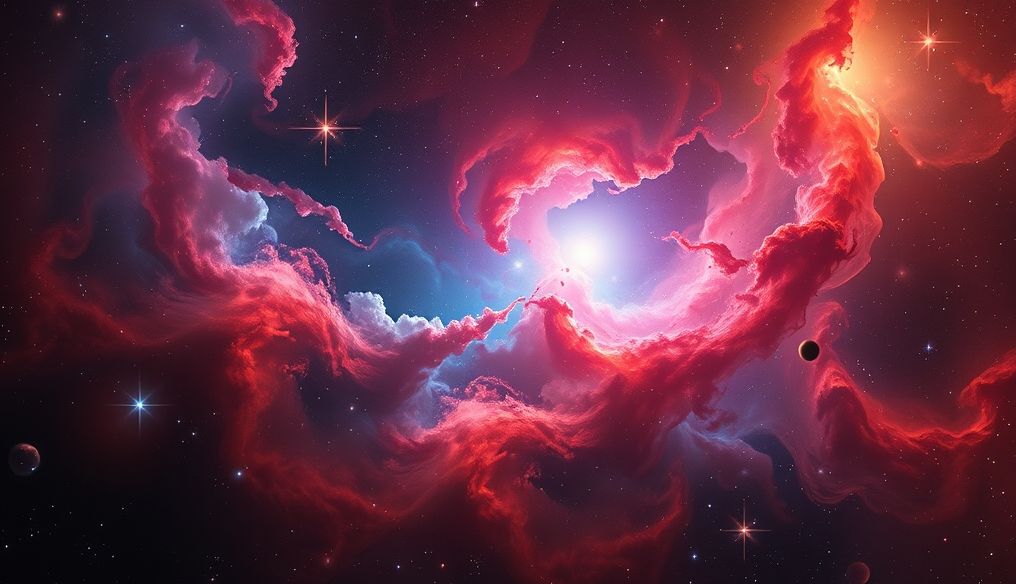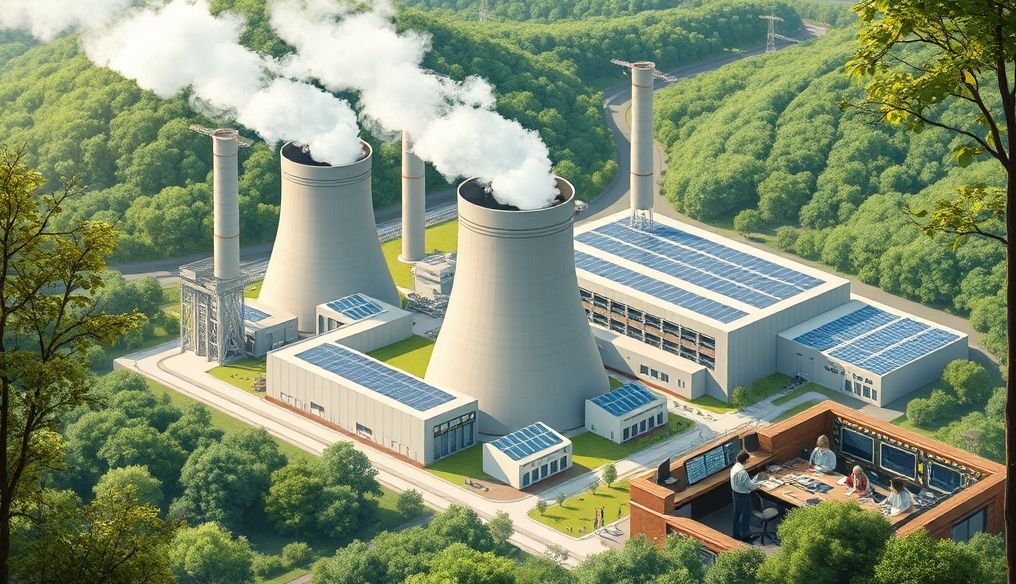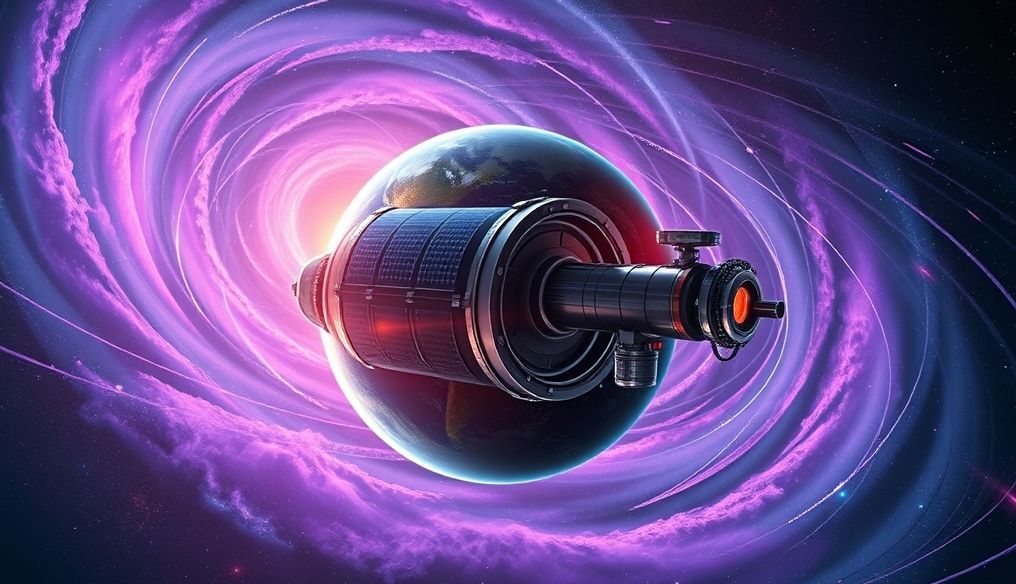What is the Big Bang and How Did the Universe Begin?
The Big Bang is the prevailing cosmological model for the universe. It states that at some point in the distant past, all matter was compressed into a single tiny space. Then, about 13.8 billion years ago, a sudden expansion occurred, and the universe was born. As the universe expanded and cooled, energy converted into matter, forming atoms, which eventually formed stars and galaxies.
Evidence Supporting the Big Bang Theory
Several pieces of evidence strongly support the Big Bang theory, making it the most widely accepted theory in cosmology:
1. Expansion of the Universe
In the 1920s, Edwin Hubble discovered that galaxies are moving away from each other, and that their recession velocity is proportional to their distance. This means that the universe is expanding, and if we go back in time, we find that the universe was smaller and denser in the past.
2. Cosmic Microwave Background Radiation
The Cosmic Microwave Background (CMB) is a faint thermal radiation that fills the entire universe. This radiation is considered to be the "afterglow" of the Big Bang and is strong evidence that the universe was in an extremely hot and dense state in the past.
3. Abundance of Light Elements
The Big Bang theory predicts the correct proportions of light elements such as hydrogen, helium, and lithium found in the early universe. These predictions are consistent with observational measurements, supporting the theory.
4. Cosmic Evolution
The Big Bang theory describes how the universe has evolved over time, from an extremely hot and dense state to the state we see today. This theory is consistent with astronomical observations about the formation of galaxies and galaxy clusters.
Timeline of Events After the Big Bang
After the Big Bang, the universe went through a series of distinct phases:
1. Planck Epoch
The Planck epoch (from 0 to 10-43 seconds) is the earliest period of time in the universe. During this phase, all fundamental forces of nature (gravity, electromagnetism, strong nuclear force, and weak nuclear force) were unified. Our understanding of this phase is limited due to the lack of a unified theory of quantum gravity.
2. Inflationary Epoch
After the Planck epoch, the universe went through a brief period of extremely rapid exponential expansion called cosmic inflation (from 10-36 to 10-32 seconds). Inflation explained several problems faced by the original Big Bang theory, such as the horizon problem and the flatness problem.
3. Particle Formation Epoch
After inflation, the universe began to cool down, allowing elementary particles such as quarks and leptons to form (after 10-6 seconds). Quarks then combined to form protons and neutrons.
4. Nucleosynthesis Epoch
During this phase (after 3 minutes), the temperature of the universe was high enough for nucleosynthesis to occur, where protons and neutrons combined to form the nuclei of hydrogen, helium, and lithium atoms.
5. Recombination Epoch
After about 380,000 years, the universe cooled down enough for electrons to combine with atomic nuclei to form neutral atoms. The universe became transparent to radiation, allowing the Cosmic Microwave Background to propagate freely.
6. Star and Galaxy Formation Epoch
After recombination, gravity began to pull dark matter and ordinary matter together to form larger structures, such as stars, galaxies, and galaxy clusters.
What Came Before the Big Bang?
This is a very difficult question, and there is no scientific consensus on it. Since the Big Bang represents the beginning of time and space as we know them, the concept of "before" the Big Bang may not have meaning. However, there are some theories that attempt to answer this question, such as:
- Cyclic Universe: This theory suggests that the universe goes through cycles of expansion and contraction, and that the Big Bang is just one phase in this cycle.
- Multiverse: This theory suggests that our universe is just one of many universes existing simultaneously.
Open Questions and Challenges in the Big Bang Theory
Despite the success of the Big Bang theory in explaining many aspects of the universe, there are some open questions and challenges that still need to be addressed:
- Dark Matter and Dark Energy: Dark matter and dark energy make up about 95% of the universe, but their nature is still unknown.
- Flatness Problem: Why is the universe so flat?
- Horizon Problem: Why is the universe so homogeneous on large scales?
- Origin of Antimatter: Why is there so much more matter in the universe than antimatter?
Conclusion
The Big Bang is the prevailing cosmological theory that describes the origin and evolution of the universe. This theory is based on a wide range of observational evidence, including the expansion of the universe, the Cosmic Microwave Background, and the abundance of light elements. Although there are some open questions and challenges that still need to be addressed, the Big Bang theory remains our best model for understanding the universe.
References:
- Ryden, B. (2017). Introduction to Cosmology. Cambridge University Press.
- Weinberg, S. (2008). Cosmology. Oxford University Press.
